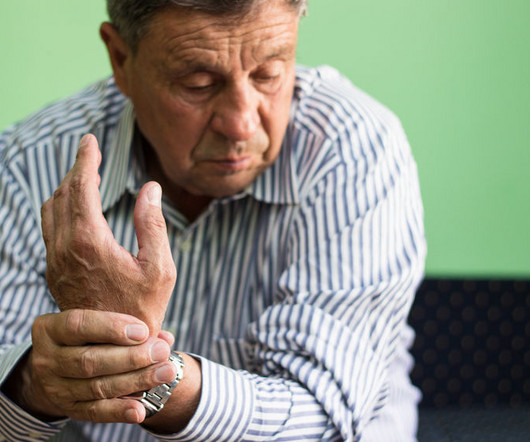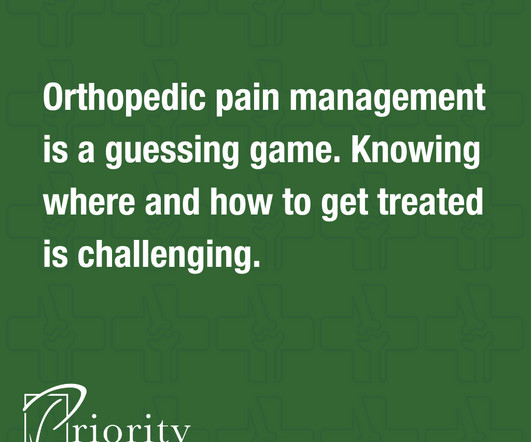Easing Arthritis Pain: Natural Remedies & Medical Treatments
Center for Family Medicine
MARCH 28, 2025
In many cases, the diagnosis is arthritic pain. Smoking can increase arthritic pain and reduce the effectiveness of treatment. Medication and physical therapy If lifestyle changes cannot reduce pain significantly, pain management is a useful tool. Physical therapy (PT) is a non-surgical, natural remedy for arthritis.












Let's personalize your content